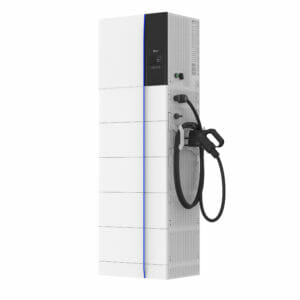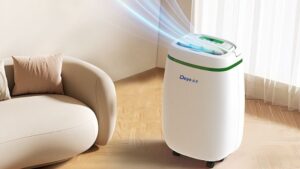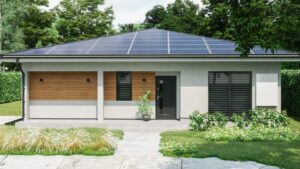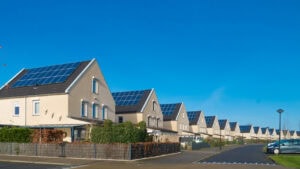ESS is the abbreviation of energy storage system (energy storage system), which is a device that can store electrical energy. ESS is usually composed of batteries, inverters, battery management systems (BMS), etc., which can store electrical energy and release it when needed to achieve energy balance and management.
Battery type
Lithium-ion battery (Li-ion): This is one of the most commonly used battery types today and is widely used in household and commercial applications due to its high energy density, long cycle life, and low self-discharge rate.
Sodium-sulfur battery (NaS): This battery uses the chemical reaction between sodium ions and sulfur ions to generate electricity, and has the advantages of high energy density, long life and high efficiency, so it has been widely used in large-scale energy storage .
Lead-acid battery (Lead-acid): This battery has the advantages of low cost, high reliability, and large capacity, but its energy density is relatively low, so it is mainly used in small and medium-sized energy storage systems.
Nanocrystalline battery (NMC): This kind of battery uses metal oxides such as nickel, manganese, and cobalt as positive electrode materials. It has the advantages of high energy density, long cycle life, and high safety, and has been widely used in the field of energy storage.
Flow battery (Flow): This battery stores the electrolyte in an external storage tank and generates electricity by reacting with the positive and negative electrodes in the battery. It has the advantages of high energy density and sustainability. It is used in large-scale energy storage systems. The application prospect is broad.
LPF battery
LFP battery refers to a lithium-ion battery whose cathode material is lithium iron phosphate (LiFePO4). Compared with traditional lithium-ion batteries, LFP batteries have higher safety, longer service life and higher energy density. The main advantages of LFP batteries are as follows:
Higher safety: LFP batteries have higher resistance to high temperature and thermal runaway. Compared with other types of lithium-ion batteries, LFP batteries will hardly explode or explode.
Longer service life: The cycle life of LFP batteries can reach thousands of times, and it can still maintain high performance in harsh environments such as high temperature, high humidity, and high altitude.
Higher energy density: Compared with lead-acid batteries, LFP batteries have higher energy density and can work in a wider temperature range.
More environmentally friendly: LFP batteries do not contain harmful substances such as heavy metals and rare earths, so they have less impact on the environment.
Therefore, LFP batteries are widely used in electric vehicles, energy storage systems, solar and wind energy and other fields.

The main application areas of ESS:
Wind and solar power plants: ESS can store electrical energy to provide backup energy when the energy is insufficient or unstable, ensuring the stability of the grid.
Power peak shaving: ESS can store power during peak power periods and release power during low power periods to achieve the purpose of balancing supply and demand.
Market transactions: ESS can purchase electricity during off-peak hours, store it, and sell electricity during peak hours to realize income.
Electric vehicles: ESS can be used as a power storage system for electric vehicles to improve the battery life of electric vehicles.
In conclusion
ESS is an important device that can achieve power balance, improve energy utilization, reduce energy costs and protect the environment.





